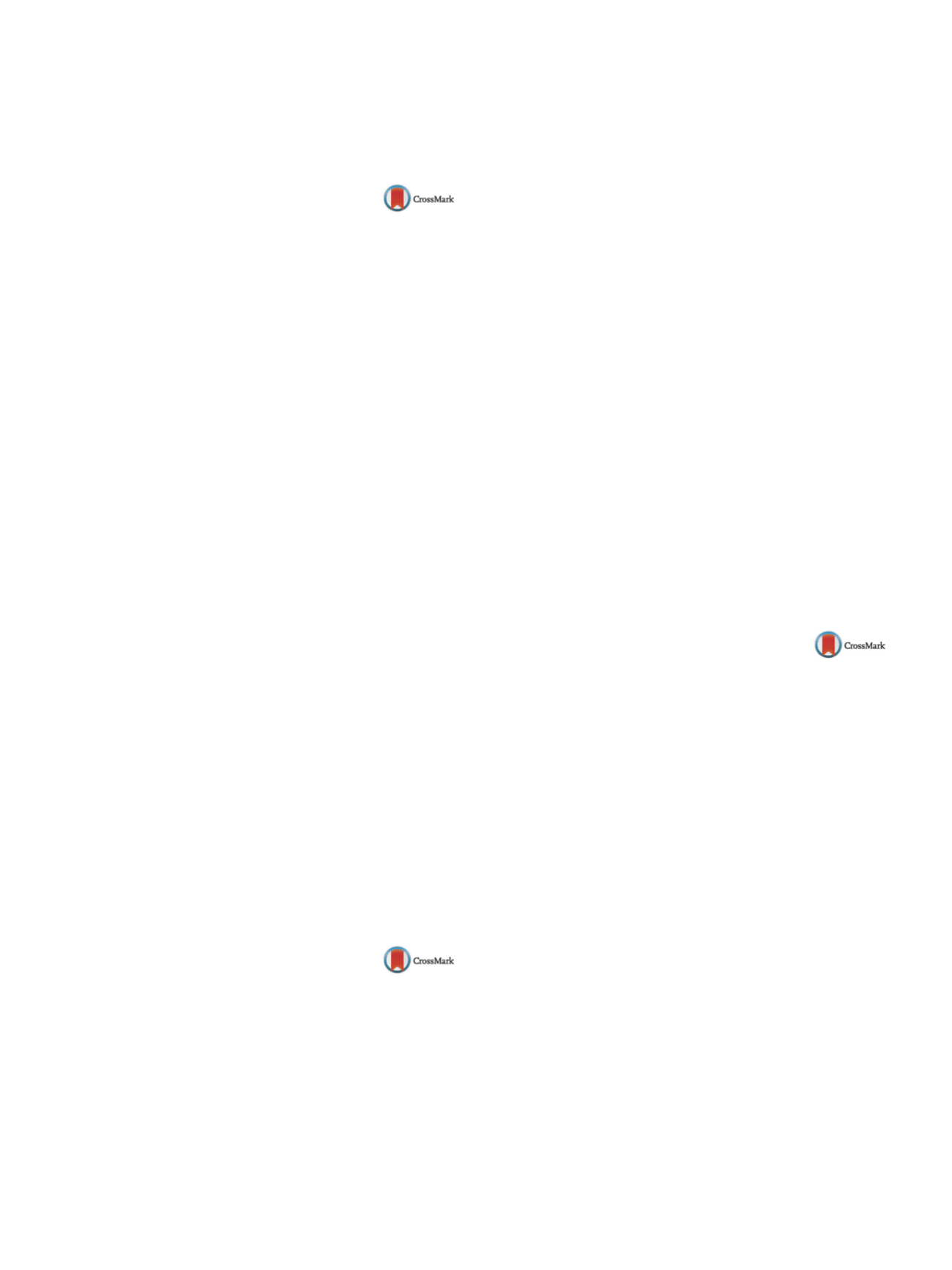

S872
25th European Congress of Psychiatry / European Psychiatry 41S (2017) S847–S910
Disclosure of interest
The author has not supplied his/her decla-
ration of competing interest.
http://dx.doi.org/10.1016/j.eurpsy.2017.01.1751EV1422
Amy Winehouse Foundation young
persons’ substance use survey–pilot
findings
G. Ofori-Attah
1 ,∗
, N .Knights
2 , T. Mazhari
21
Camden & Islington NHS Foundation Trust, UCL, Amy Winehouse
Foundation, General Adult Psychiatry, London, United Kingdom
2
Amy Winehouse Foundation, Substance Misuse, London, United
Kingdom
∗
Corresponding author.
Introduction
Government-funded research indicates the preva-
lence of substance use in this age group is decreasing. However,
anecdotal evidence suggests otherwise.
Previous surveys have been limited by:
– difficulty recruiting schools;
– the range of substances included;
– paper surveys.
Objectives
To determine whether a secure online survey method
improves substance use prevalence data collection in school age
adolescents.
Method
An online survey was created following literature
review, and assessment of the reliability and validity of existing sur-
veys. A comprehensive range of substances were included. A total
of 750 students (11–16 yrs) fromamainstreamschool in Lancashire
completed the survey during a supervised classroom session. Focus
groups were conducted with students and teachers.
Results
No technical problemswere encountered and survey data
was securely transferred to Excel allowing instant analysis.
Teachers felt the survey would be unproblematic to administer
independently and found the inclusion of substances such as legal
highs, and energy drinks, especially relevant.
Most students completed the survey within the session and
reported a positive experience, although some difficulties under-
standing wording were mentioned. They felt an online survey
improved confidentiality (and therefore honesty) and was easier
to fill in. However, there was concern about teachers reading their
responses.
Conclusions
A secure online survey may be acceptable to both
teachers and students, and enables the collection of hundreds of
surveys in a short time period. It also improves analysis techniques.
Further analysis of whether there is a teacher-versus-researcher
supervision effect on the honesty of student responses is required.
Disclosure of interest
The authors have not supplied their decla-
ration of competing interest.
http://dx.doi.org/10.1016/j.eurpsy.2017.01.1752EV1423
Population characteristics of
methamphetamine shabu users
L. Oviedo Pe˜nuela
1 ,∗
, M .Torrens
1 , 2 , 3 , F . Fonseca
1 , 2 , 3 , P . Rossi
1 , 31
Institut de Neuropsiquiatria i Addiccions, Hospital del mar,
Psychiatry and Addiction Department, Barcelona, Spain
2
Universitat Autònoma de Barcelona, Psychiatry Department,
Barcelona, Spain
3
IMIM Institute Hospital del Mar d’Investigacions Mèdiques,
Psichiatry and Addiction Department, Barcelona, Spain
∗
Corresponding author.
Introduction
Shabu is a crystal methamphetamine whose con-
sumption is common among the community of Philippine
immigrants in Spain.
Objectives
To describe the sociodemographic, healthcare and
clinical characteristics of patients using shabu who have been
treated by the psychiatry and addiction department of a tertiary
hospital.
Methods
We describe the cases of patients treated in the
psychiatry and addiction department of the hospital del Mar
in Barcelona, Spain with methamphetamine use disorder. We
collected sociodemographic variables, monitoring features and
psychiatric comorbidity from the review of medical records.
Results
Ten cases of patients with severe use disorder of shabu
were identified. Eight patients are from the Philippines. Nine are
men (90%). At the beginning of the medical follow-up the average
age was 30 years (21–41 years). All of them reported being unem-
ployed. Four patients were referred urgently to the hospital from
an ambulatory care center, two belonged to a specific program
for children and adolescents, two were treated at the emergency
department and two were assessed during their admissions in
other departments. Regarding clinical characteristics, six had asso-
ciated psychiatric disorders: two have paranoid schizophrenia, two
had induced psychotic episode, one had unspecified psychosis and
other had conduct disorder.
Conclusions
Shabu is a drug that the Philippine community in
Spain consumes in their daily life in a social context. However,
consumption of this drug could be linked to the onset of psy-
chotic symptoms. Registration is necessary to standardize the
consumption pattern in order to establish a relationship between
consumption and the appearance of psychotic and organic symp-
toms.
Disclosure of interest
The authors have not supplied their decla-
ration of competing interest.
http://dx.doi.org/10.1016/j.eurpsy.2017.01.1753EV1424
Elevated neutrophil lymphocyte ratio
in patients with substance use
disorders
N. Ozkan
∗
, M.B. Sonmez , P. Tas Durmus , Y. Gorgulu ,
R. Kose Cınar , M.E. Vardar
Trakya University School of Medicine, Psychiatry, Edirne, Turkey
∗
Corresponding author.
Introduction
Disturbances in inflammatory processes may play a
role in the pathophysiology of psychiatric disorders. The neutrophil
lymphocyte ratio (NLR) and C-reactive protein (CRP) are indicators
of the systemic inflammatory response.
Objectives
The current study was prepared based on the assump-
tion that dysregulated immune function and elevated inflammation
markers may be seen in substance use disorders.
Aims
Our aimwas to investigate whether NLR and CRP are higher
in patients diagnosed with substance use disorders than in healthy
subjects.
Methods
The participants in the study included 115 male inpa-
tients diagnosed with alcohol (
n
= 41), heroin (
n
= 46), or synthetic
cannabinoid (
n
= 28) dependence according to the Diagnostic and
StatisticalManual ofMental Disorders, Fourth Edition (DSM-IV-TR),
and 32 healthy male volunteers. We used NLR and CRP as mea-
sures of systemic inflammation. Blood samples were taken on the
next morning of admission for detoxification. Addiction severity
was assessed using the Addiction Profile Index (API).
Results
The difference between the groups with respect to NLR
was statistically significant (
P
= 0.014). Patients diagnosed with
alcohol, heroin or synthetic cannabinoid dependence had similar
NLR. Patients with alcohol or synthetic cannabinoid dependence
had significantly higher NLR than healthy controls (
P
= 0.001 and
P
= 0.029, respectively). Patients with heroin dependence trended
towards statistically significantly higher NLR compared to healthy
controls (
P
= 0.067). CRP levels did not differ significantly between


















